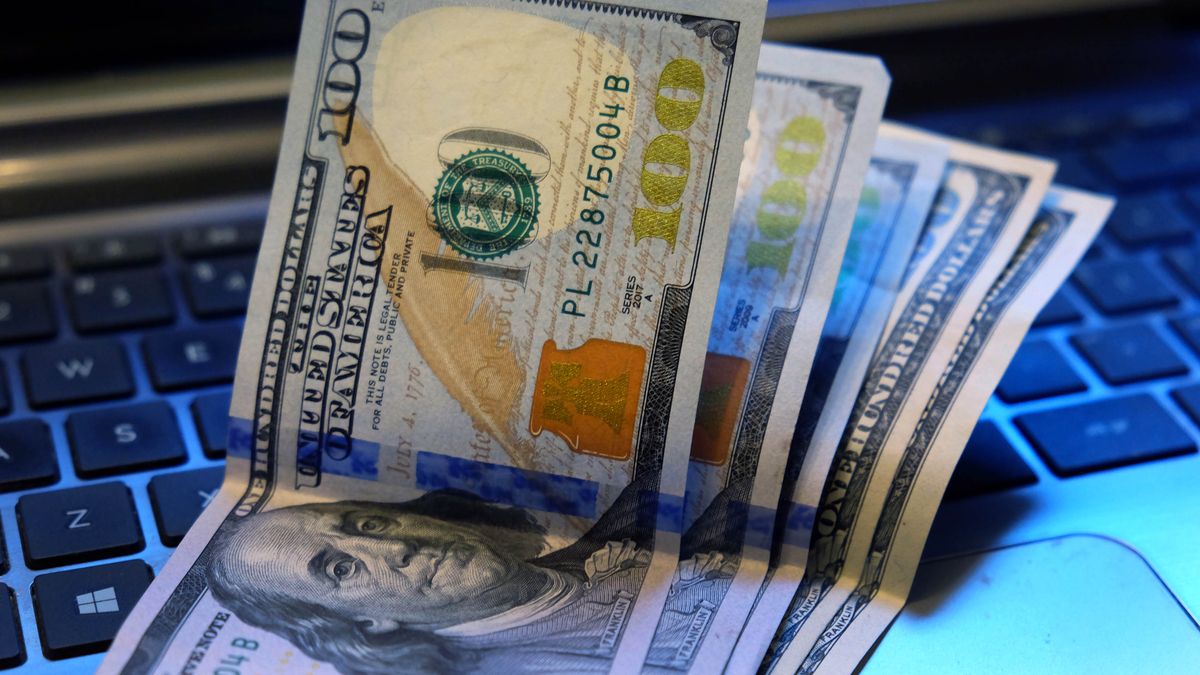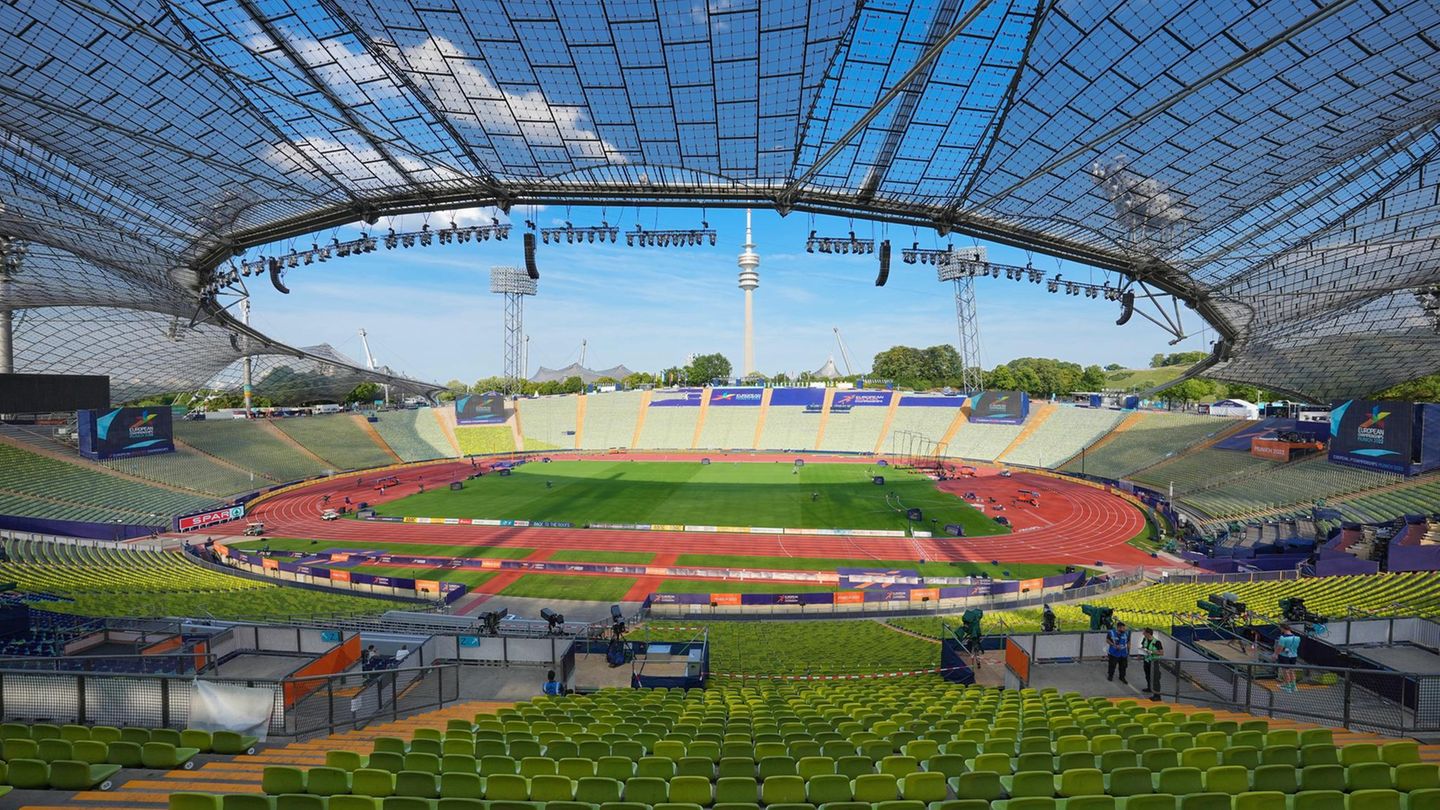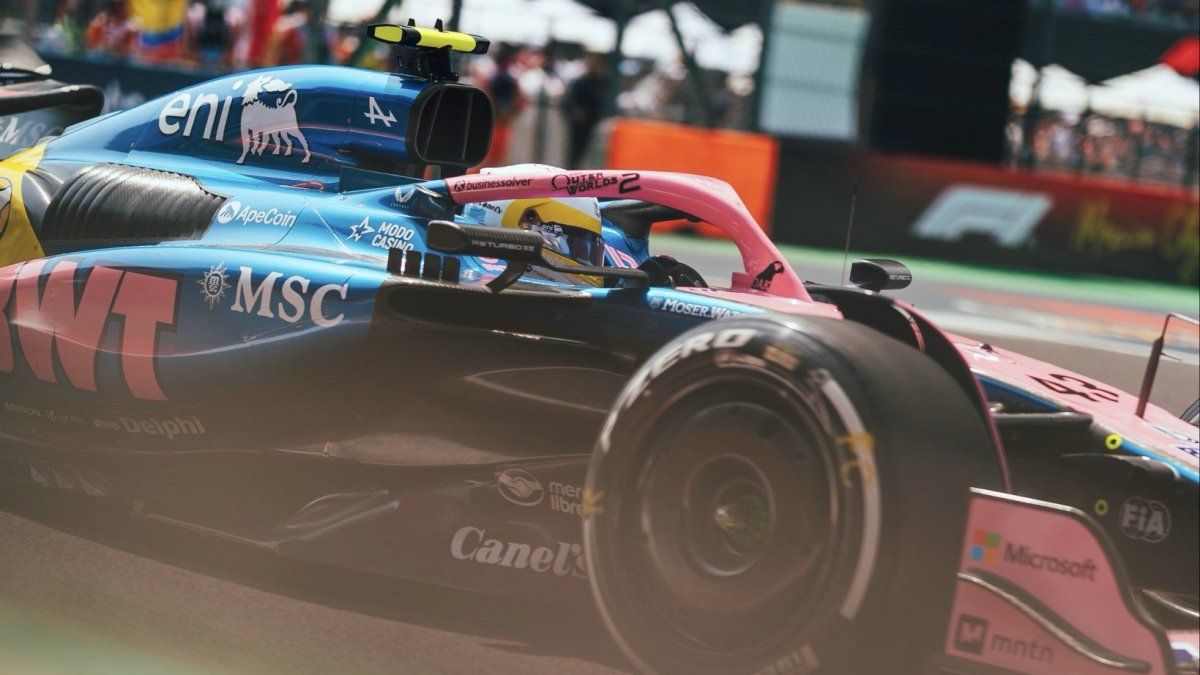In most of the country, the blue dollar ranges between $316 and $318.
The provinces where the blue dollar is cheapest are Misiones, Formosa, Corrientes and Chaco, at $316.
Meanwhile, in the city, the blue dollar recorded its third rise in a row this Thursday after reaching a new maximum in four months the day before, by reaching above $310. Parallel dollar gains $6 to $318 for saleaccording to a survey of Ámbito in caves of the City of Buenos Aires.
Thus, the exchange gap with the official wholesale exchange rate stands at 92.4%.
Price of the blue dollar in the year
So far this year, the informal dollar advance $110 after closing 2021 at $208.
During the past year, the blue dollar registered a rise of 25.3% ($42), half compared to the inflation of the period (50.9%). However, it is worth remembering that in 2020 it had shown a sharp jump of 111% (compared to inflation of 36%).
It should be remembered that the informal dollar rose $2 in October (+0.7%) after falling in September, registering a drop of $2 (-0.7%). Let us remember that in August it had yielded $6 (-2%).
In the seventh month of the year, the parallel dollar had climbed $58 (+24.4%), which represents its biggest monthly advance of the year so far.
Previously, it had risen $31 (+15%) in June, after rising $6.50 (+3.2%) in May.
The parallel dollar rose 50 cents in April, and lost $11 in March, its worst performance in 14 months. Last February, it fell $6.50 (-3%), after rising $5 or 2.4% in January.
What is the blue dollar?
The value of the blue dollar has a substantial difference with the official dollar, which is purchased in banks and has an established price. Its sale is in the informal market, without regulations or limits, and for this reason it is generally operated at a higher value than the official dollar.
Why is it called a blue dollar?
The origin of the blue dollar as a denomination for the operation of the bill in the informal market is not clear. But there are theories.
An explanation of its name indicates that it is called that way because in English, “blue”, in addition to naming the color blue, refers to something “dark”.
Another theory relates it to purchase operations through bonds or shares of companies known as “blue chips.” They also link it to the approximate color that appears when a fiber is applied to detect counterfeit bills.
Source: Ambito
I am a 24-year-old writer and journalist who has been working in the news industry for the past two years. I write primarily about market news, so if you’re looking for insights into what’s going on in the stock market or economic indicators, you’ve come to the right place. I also dabble in writing articles on lifestyle trends and pop culture news.




